Have you ever gone to water your plant and noticed that the water just stays on the top and doesn’t get soaked into the soil?
Or that the soil is hard, dense and dry to touch?
This is a sign that your soil is compacted… and is a common issue for indoor plants. Compacted soil will not make a happy, thriving home for your houseplants, nor will it attract other beneficial organisms such as earthworms, bugs and micro-organisms that help make the soil richer.)
Having houseplants is sort of similar to having our own children or babies. They have a bit of TLC and for us to make sure that they are getting enough sunlight, water, & nutrients depending on their specific needs. Soil is where they get their oxygen and essential nutrients from.
To start, let’s briefly understand what causes compacted soil & then we will go into the steps on how to fix the problem, as well as loosen soil & create natural aeration.
Lastly, we will talk about the best type of pots to use to prevent compacted soil.
Why potting soil gets compacted
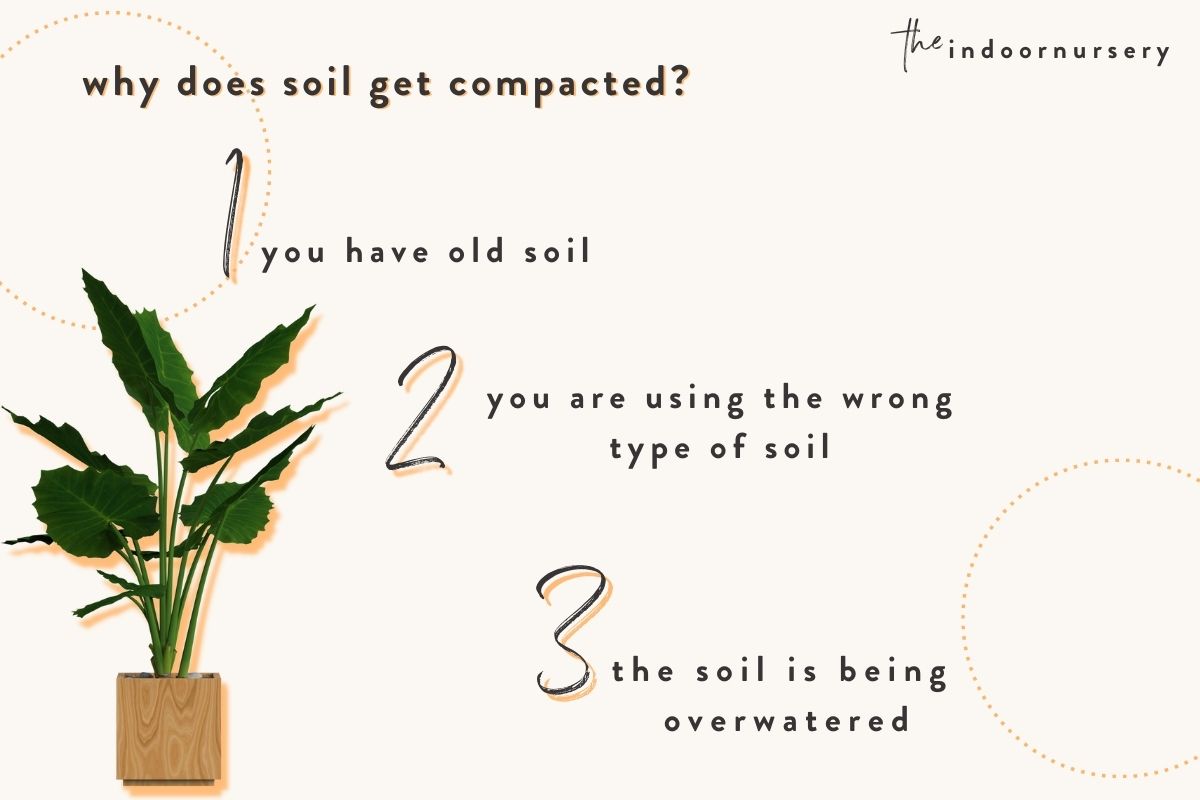
It’s not rocket science. Usually, the reasons for soil compaction are things that can you can easily fix.
You have old soil
Soil is meant to be changed every couple of months or annually, depending on the type of plant. If you keep the same plant soil for a long time, it will start to become deficient in nutrients as the plant absorbs them. Fix the problem by buying new potting soil and fertilizer for your plant.
You are using the wrong type of soil
Using top soil or back yard soil is damaging for your plants. It is not recommended to use soil from your backyard, although it would be convenient. There are several different types of soil and the soil in your backyard is usually made up of clay and slit, which isn’t pure soil and has no nutrients to give to your plant.
The soil is being overwatered or underwatered
Overwatering is a big one, and will flush out all the aerating materials that would otherwise provide space between the soil particles. Water needs to be able to flow completely through soil and be absorbed by plant roots. If not, then the weight and pressure of the water will compact soil particles (and cause root rot). To give the soil particles some space and help your potting soil absorb water more efficiently, you can add peat moss to your potting mix. Peat moss helps to hold and keep the soil’s nutrients intact. It is great for plants that like acidic soil.
TIP: If you see salt buildup, this can be a telltale sign of overwatering.
What is compacted soil and what risks does it cause?
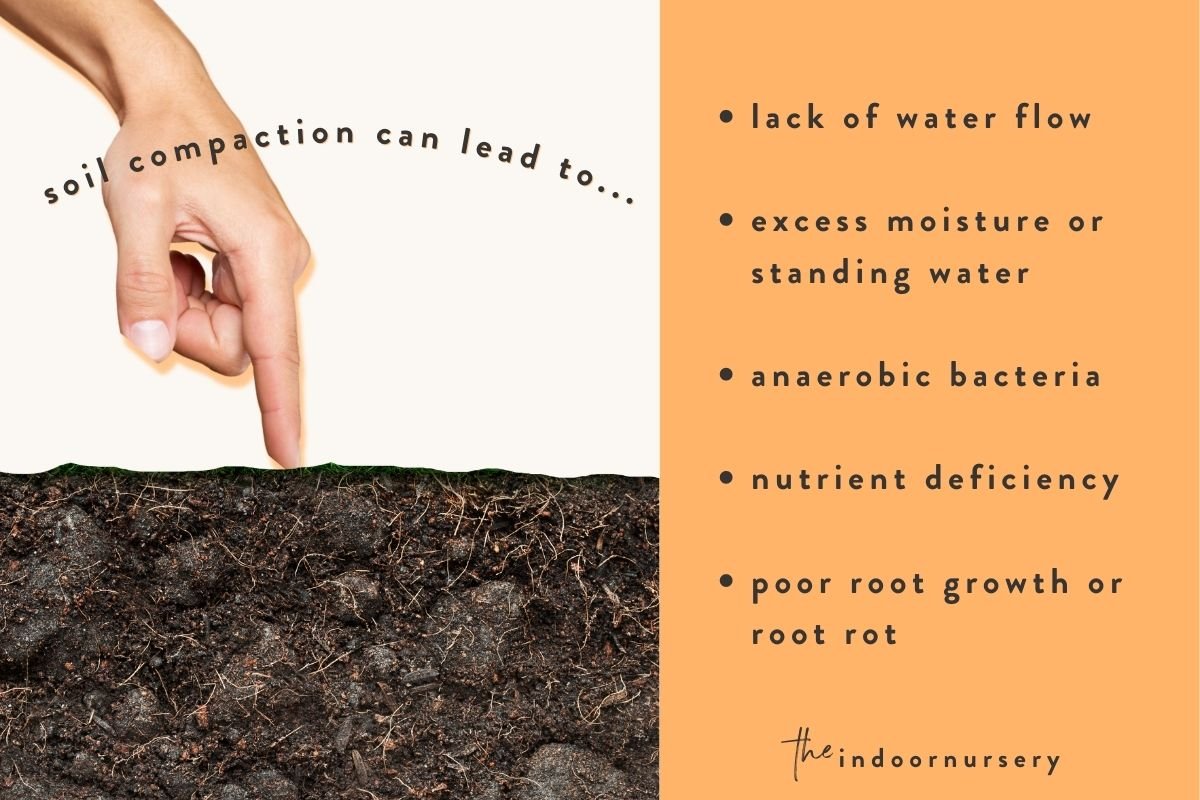
An anaerobic or non-oxygenated environment (lack of soil aeration) causes compaction problems in your pot. You can check the aeration of the soil easily by sticking your fingers into the soil. If you find it hard or difficult to stick your finger through, then your soil is compacted.
When soil is compacted, it deprives the roots of oxygen, which is needed to absorb nutrients. Your plant needs an abundance of key nutrients such as phosphorus, nitrogen and potassium for its survival.
Without the ability to absorb nutrients properly, the plant will develop deficiencies. Some nutrient deficiency signs include yellowing or pink leaves, wilting leaves, reduced root growth and a weakened appearance.
Soil compaction can lead to:
- lack of water flow
- excess moisture or standing water
- anaerobic bacteria (this means the good bacteria die & plant roots suffocate)
- nutrient deficiency
- poor root growth or root rot
Worst-case scenario, if you notice a bad smell coming from your plant, or see the roots are rotten, you can remove the plant from the soil and completely repot it with fresh soil. Make sure to wash the pot before placing it back inside, rinse off the roots, pat them dry & voila!
Easy ways to loosen compacted soil in pots (different techniques)
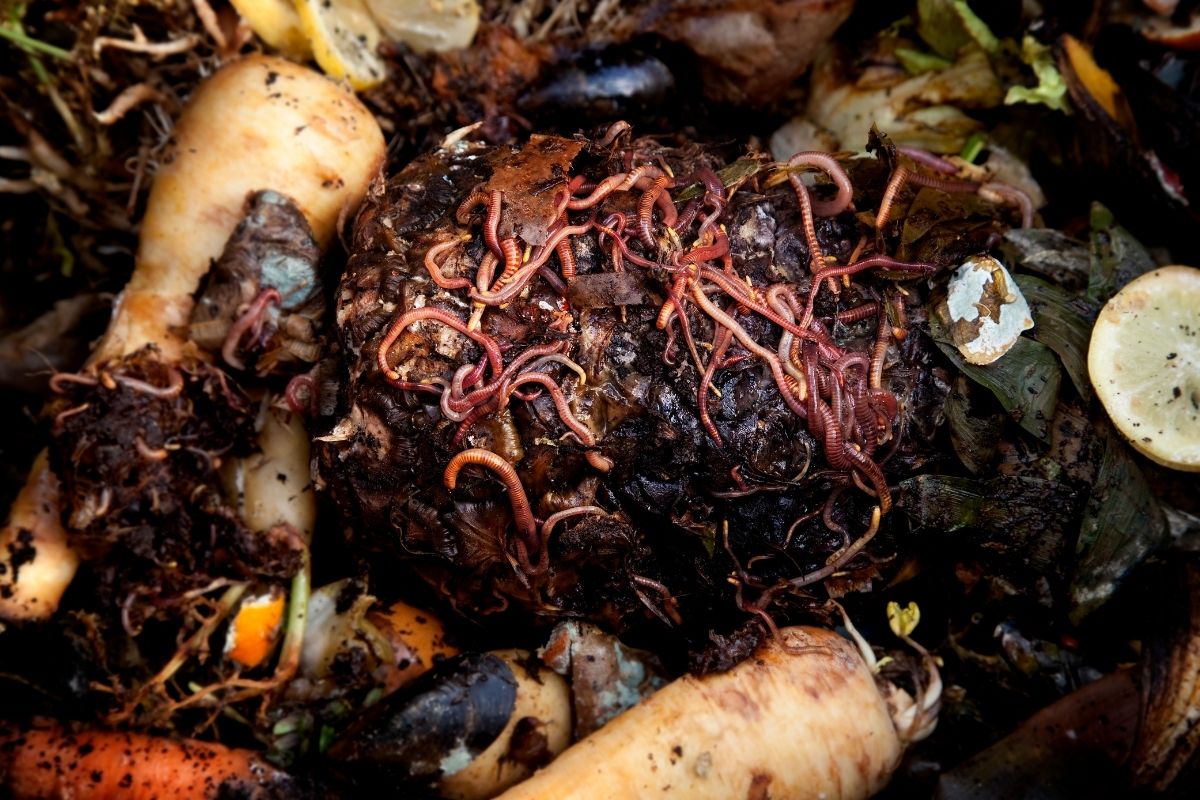
These are two very simple techniques that are proven to work quite well in loosening your soil!
Use the chopstick method
Okay, you can still use this method even if you still eat sushi with a fork. Just grab some wooden chopsticks and gently poke holes in your plant’s soil to loosen dense soil. This will aerate the soil without damaging the roots.
If you are unable to penetrate into the soil, don’t force it–as this can create root damage. Try to poke several holes into the soil, and then pour water over your plant. Let the water flow into the holes you have created. The water should go down easily into the drainage holes at the bottom of your potted plants. This will create more space in your potted plant and fix compacted soil (and your plant’s roots will love drinking up the water.)
Make a vermicompost with live earthworms and organic matter
Most gardeners know that if there are live earthworms crawling around in their soil, it is an indicator of healthy, yummy, delicious soil!
Worms crawling through the soil means it is getting broken down and the structure will be loose and airy. They will not harm your houseplants at all. Think of them as your plant’s ally.
To make your own vermicompost in a compost bin with vegetable and fruit scraps, plus worms. You can easily buy live worms online. Make sure not to use citrus, as this is too acidic for worms.
It can take about three to six months for the compost to be ready, so while you wait, you can use a nutrient-rich potting soil. You can also make a compost tea instead if you are not a fan of these creepy crawlers.
Create an entirely new potting mix
You can get creative with this technique! Here is a list of recommended ‘aerating materials’ that you can mix together to improve aeration in your pot. Aeration is just as it sounds, it means introducing air into something.
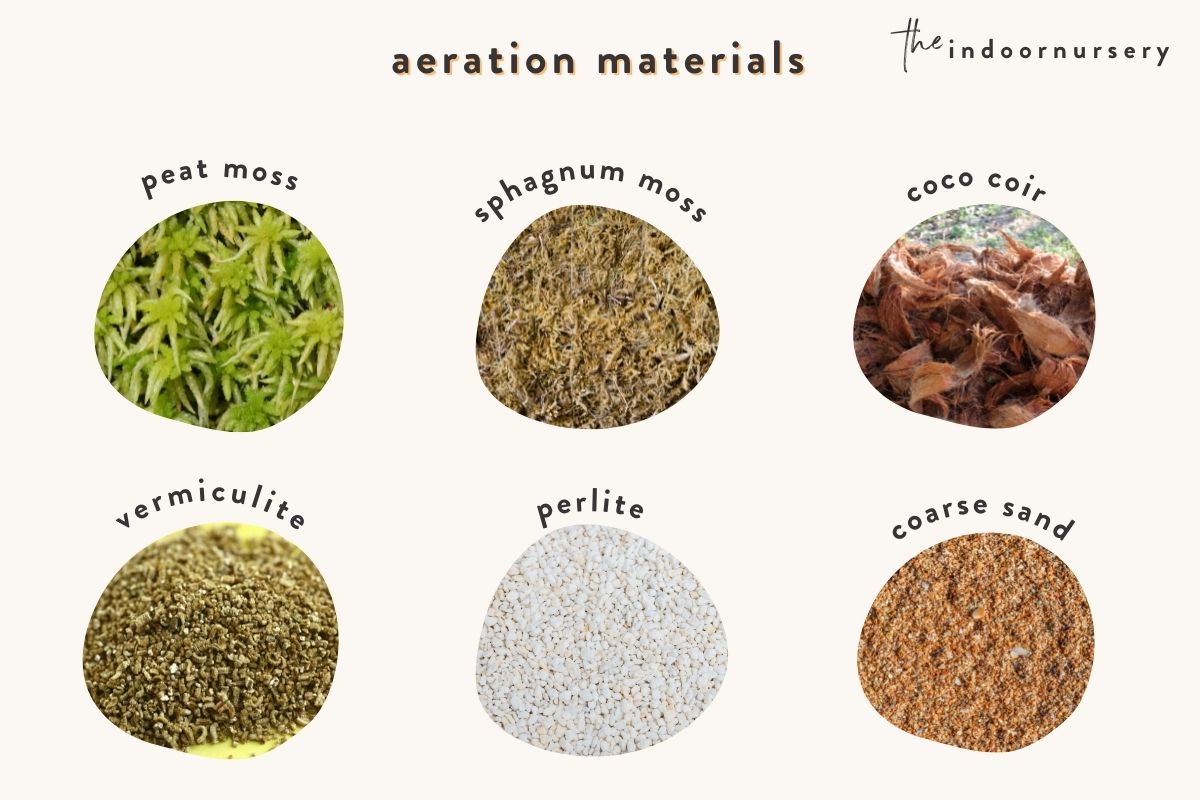
- peat moss – this moss is created from decomposed plants & mosses. It is soft & fairy-like and looks more like soil than moss. It is lightweight and helps with aeration of the soil. You can buy it or make it yourself by collecting decomposing material in nature. Other alternatives include sawdust, wood chips & composted bark.
- sphagnum moss– this is a dried moss that is used in the soil to create more moisture retention. Usually this in your mixture will help with any over watering issues. It is mostly used for hanging houseplants.
- coco coir– coconut coir or ‘coconut peat’ has incredible water-retaining abilities. It has a pH level of 6.0 which is the perfect balance for most indoor plants that don’t like to be too acidic.
- vermiculite – this is a special mineral that is formed by heating mica chips. It creates a well-aerated soil environment and helps to retain water & minerals. We recommend vermiculite if you are dealing with a plant that needs a lot of water to thrive.
- perlite – perlite is a light & airy material that creates air pockets in your soil. It is made from volcanic rock and improves drainage. If you are looking for a more inexpensive option, you can shoot for styrofoam but it is not as ecologically friendly.)
- coarse sand – sand is great for aeration & drainage and helps the water reach into deeper levels of the soil. It can help break up dense, dry soil and help your plant with absorbing water as it slowly releases water & minerals to the plant.
Here is a basic potting soil recipe you can follow:
- one part perlite
- one part coco coir
- one part good quality soil
Remove all the potting soil in your compacted pot and add aerating materials to the new soil. Make sure the mixture is loose enough for the plant to breathe, but has enough of the right materials to still retain moisture.
Repot your plant, add water, speak lovingly to your beloved plant, and continue until it reaches its desired color and growth.
How to prevent compacted soil in pots
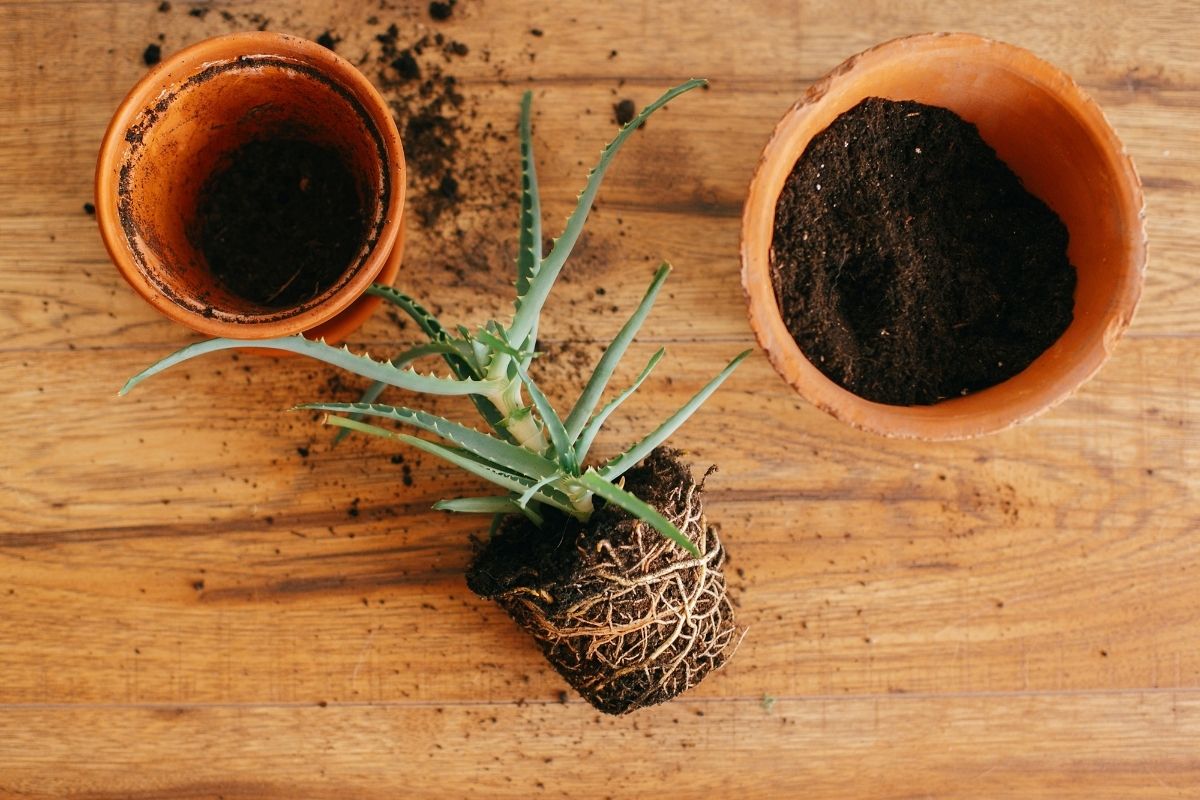
Make sure your pot has good airflow
Your plant’s roots want to be nourished, and if you don’t have good airflow in your pot, they can suffocate and die. For proper drainage, you will need to make sure your pot has drainage holes. If it doesn’t, you can create them by drilling a few small holes in the bottom.
Use clay pots instead of plastic
Clay pots are great for natural aeration as it is naturally porous. The clay naturally allows water and air to flow freely throughout the pot and increase airflow to your plant’s roots.
Plastic pots won’t have good airflow, and they hold in moisture, which can lead to overwatering.
If you decide to use a decorative or ceramic pot, make sure to add rocks or stones to the bottom so the water can drain properly. Then put the plant into an inner pot that has drainage holes and place it inside the decorative pot.
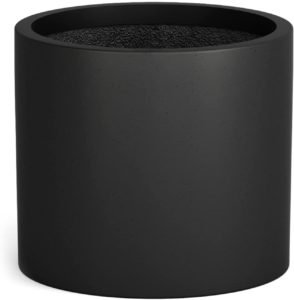
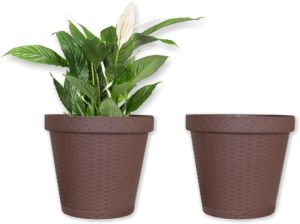
Best potting soil mix to prevent compacted soil
THE CHONK. Chunky Soil-Less Potting Medium
This premium plant mix, carefully hand-mixed with wood bark, pumice, and Sphagnum peat moss promotes healthy root growth and prevents root rot. Perfect for all indoor plants, this small batch mix is designed to increase air access, avoid common soil issues, and can be used in soil or semi-hydro setups.
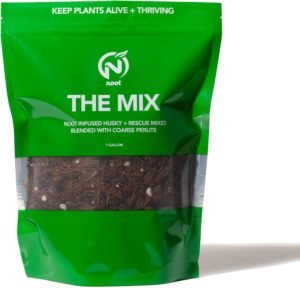
Noot Organic Indoor Plant Soilless Potting Mix
This is the perfect combination of well-aerating materials such as coco coir, coconut husk, chips and perlite. Its beneficial microbes and bacteria will strengthen the root systems and cells of your indoor plants. This mix works best for tropical indoor plants such as fiddle leaf fig, ficus, peace lily, succulents, ferns, palms, calathea, orchids, anthuriums, monstera, and more.
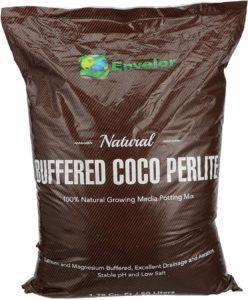
Envelor Potting Soil Coco Coir Perlite Mix
This mix is made from 70% coconut coir, and 30% perlite. Remember what we said coconut coir is used for? It will help your plant have better aeration and proper water retention as well as help with nutrient absorption. It is made of natural coconut fibers & nutrients that will prevent overfeeding & over-watering.
Final thoughts
Taking the time to aerate your soil will give back to your plant a million times over. The key is making sure the soil is loose, and that you have a proper drainage system along with the right watering consistency. All of these tips will help your plant live longer & grow faster.
more about soil
- How to Use Leca for Plants: Step-by-Step Guide with Pictures
- Best Soil For Snake Plants That Will Keep Them Happy
- The Best pH Meter For Soil
- The Best Soil For Indoor Plants (Every Kind Of Plant)
- The Best LECA Balls (Expanded Clay Pebbles) For Your Plants
- 8 Best Soil Moisture Meter Options For Indoor Plants
- Best Soil For Monstera Plants (DIY Recipe + Store-Bought Options)
- How to Make Potting Soil for Indoor Plants, Plus My Secret Ingredient
- Is that mold on plant soil? Here’s what you need to know.
- How to use a moss pole for plants: An expert explains

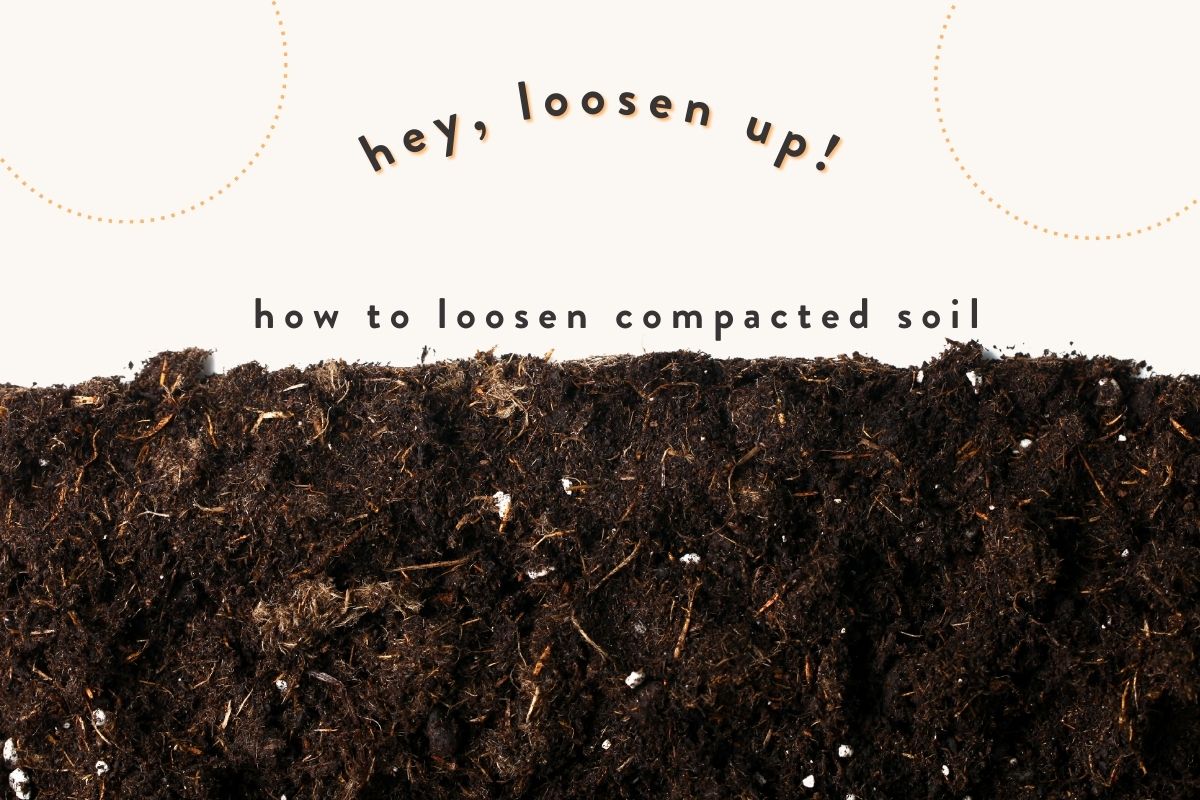
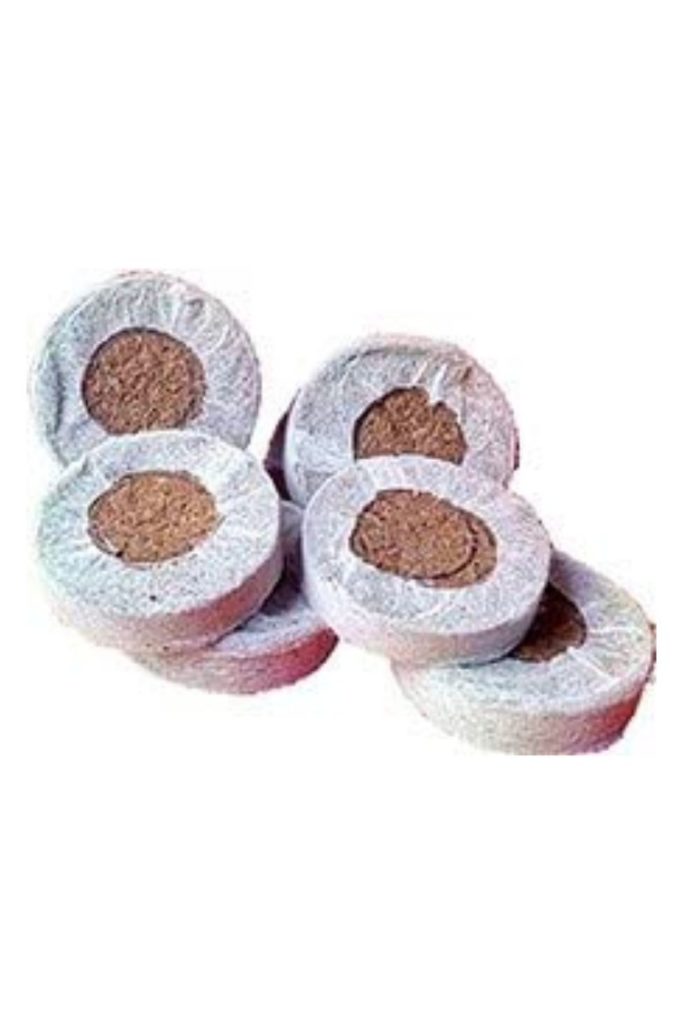
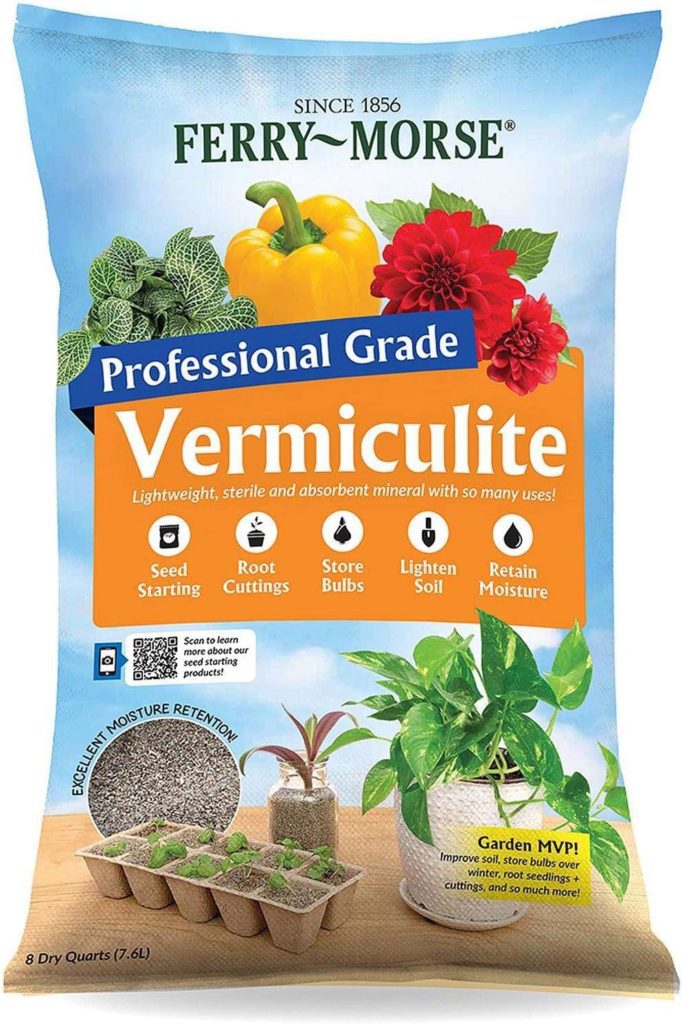
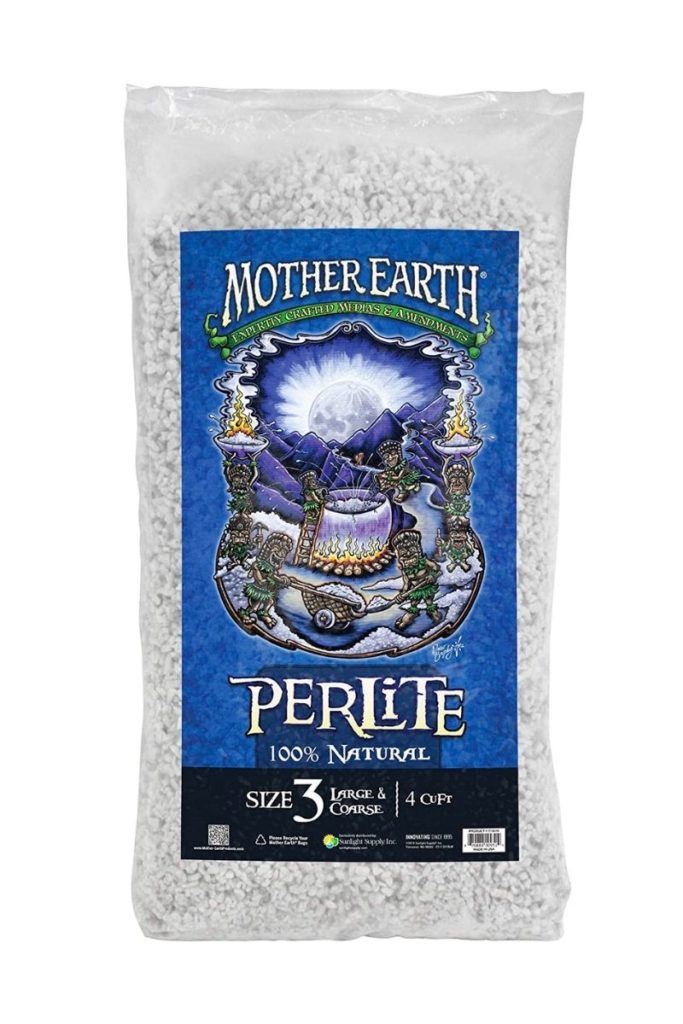
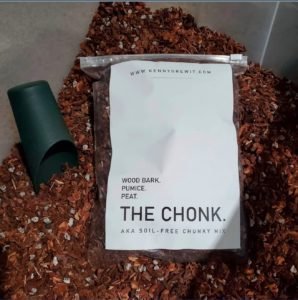
Thank you for the article. Very informative and helpful. I just wanted to clarify whether vermiculite is really that good among aerating materials?
Hey, Vincent! Yes, vermiculite is indeed a good choice among aerating materials. It’s a mineral that expands when heated and becomes lightweight, which helps improve soil aeration and moisture retention. Thanks for reading 🙂